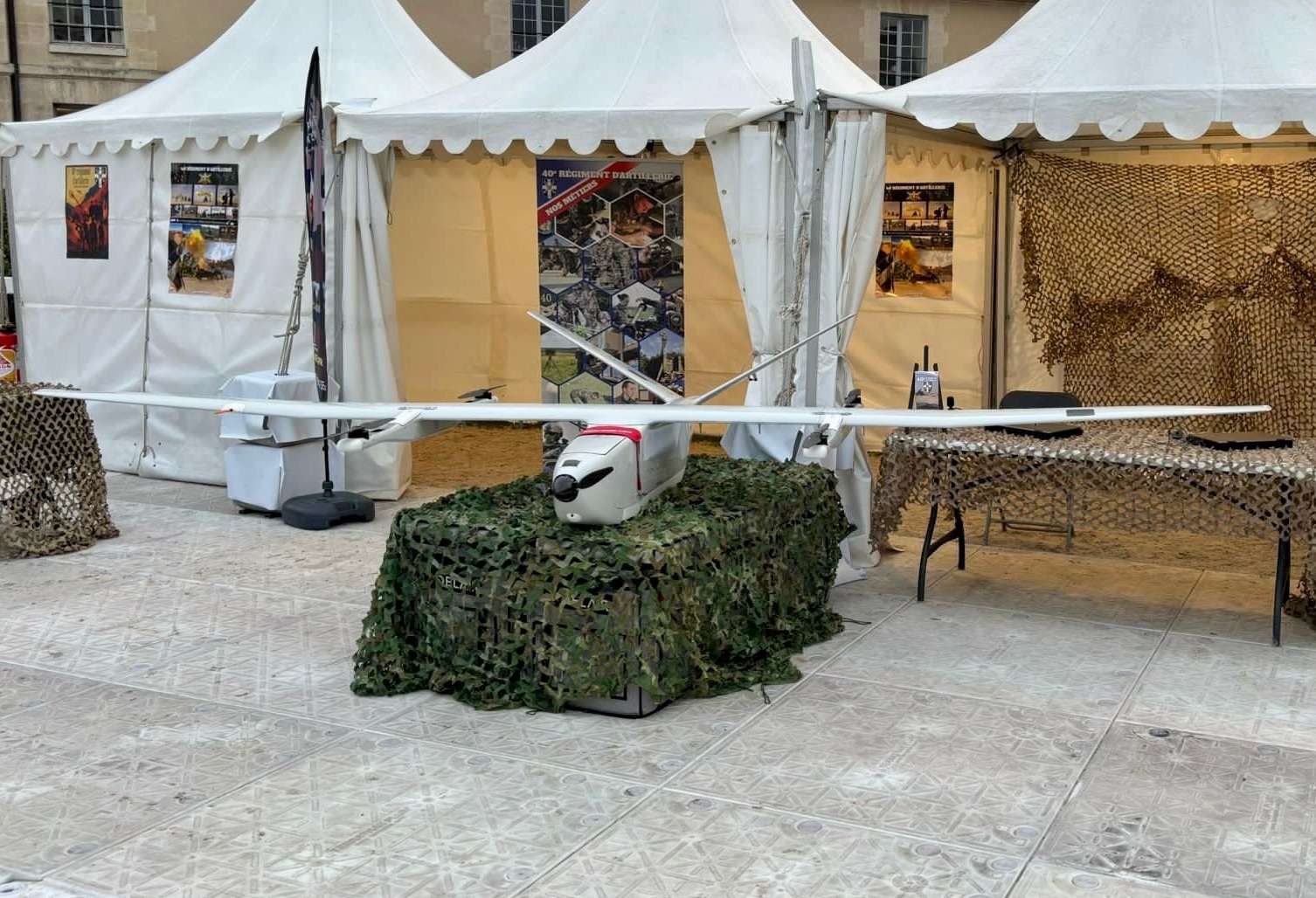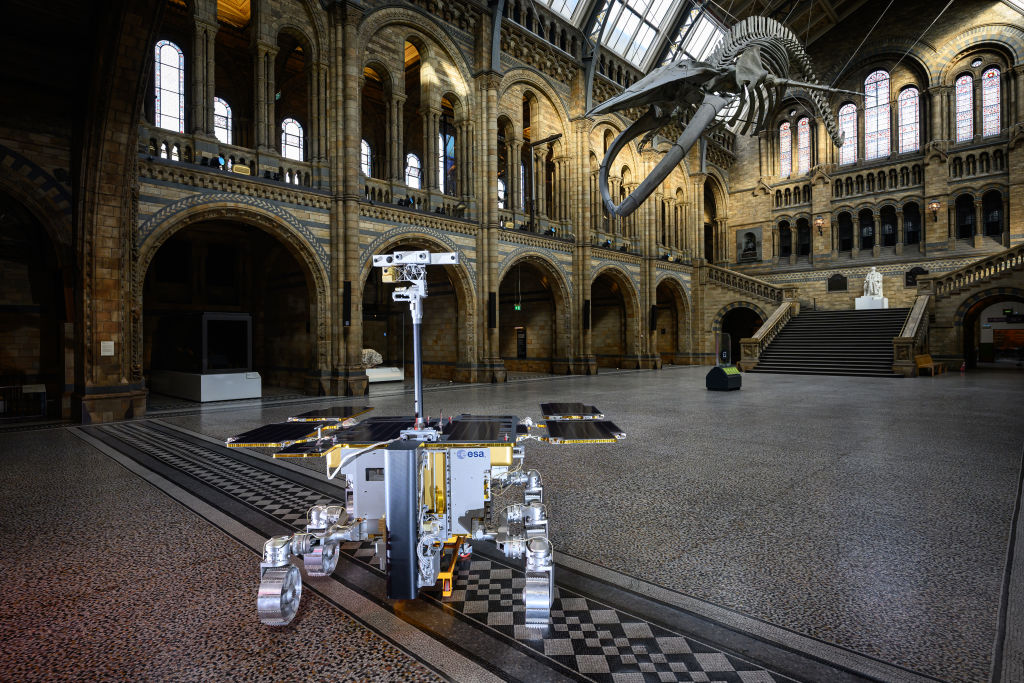Copyright therakyatpost
![[Photos] Carey Island: Selangor’s Weekend Getaway That’s Been Hiding In Plain Sight](https://d2731bbzmt3wpb.cloudfront.net/news/image/us-west-2:25d97050-7aa7-43a6-a623-8fb02e6af97e/20251028/c359ee7fe2f94f879c1492a1c35093f7.jpg)
Subscribe to our FREE Newsletter, or Telegram and WhatsApp channels for the latest stories and updates. An hour from Kuala Lumpur, there’s an island that most Malaysians have never heard of, despite it being home to 65 bird species, mangrove forests, and a 200-year-old colonial history. Recently, a group of amateur photographers discovered what conservationists have long known: Carey Island is worth paying attention to. The Carey Heritage Bird Photography Competition 2025, organised by palm oil company SD Guthrie and conservation group ECOMY, brought together nature enthusiasts to explore what turns out to be a surprisingly rich ecosystem. What they found challenges the usual narrative about industrial agriculture and environmental conservation. “It is more than just our palm oil operations,” said Mohd Haris Mohd Arshad, SD Guthrie’s Deputy Group Managing Director. It is a living, breathing ecosystem with plantations, mangroves, forests, and wildlife that are deeply interconnected. The island hosts an unlikely mix: active palm oil plantations alongside biodiversity parks, colonial-era heritage buildings, and the indigenous Mah Meri community with its traditional crafts. Visitors spotted everything from Crested Serpent Eagles to the more elusive pigmented Myna, documenting species that many didn’t know existed so close to the capital. Here are photos taken during the weekend—a photo story of Carey Island’s hidden treasures that documents the complex relationship between industrial development and environmental stewardship in Malaysia’s coastal regions. Carey Island is separated from the Selangor coast by the Langat River, which is not very wide. This river connects the island to the mainland. Carey Island is named after Edward Valentine John Carey, an English planter who acquired the island from Sultan Sir Alaeddin Sulaiman Shah of Selangor in the early 1900s. The iconic Hatter’s Castle shown here is inspired by him, though he did not build it himself. Andrew Sebastian, naturalist and founder of Ecotourism & Conservation Society Malaysia (ECOMY), helped organise the event and brought expertise in eco-tourism to show how places like Carey Island can serve multiple purposes. Sony Malaysia supported the weekend by providing loans of their top-end mirrorless cameras and latest lenses, ensuring participants had professional-grade equipment to capture the island’s biodiversity regardless of their own gear limitations. Photographers from around the country, many armed with Sony’s top-end mirrorless cameras and latest lenses, set off to document Carey Island’s winged treasures. It’s such a wide world out there—spotting birds is no easy task. This aerial glimpse reveals only a small corner of the island’s extraordinary ecosystem, where 53 bird species navigate through an intricate mosaic of habitats. Participants wandered among others between the Golden Hope Academy, mangrove jetties, and the Biodiversity Park—all within the same landscape where palm oil is produced. The juxtaposition works better than you’d expect. A Crested Serpent Eagle making its typical high-pitched, whistling calls that can be sharp and penetrating. The medium-sized bird of prey is commonly found in forested areas across tropical Asia, making Carey Island a suitable habitat for this species. One photographer ventures deeper into Carey Island’s forest canopy, where dappled sunlight filters through layers of tropical foliage. With a telephoto lens in hand—likely the 400-800mm setup provided by Sony for this weekend’s expedition—he moves quietly along the forest path, listening for the calls of the island’s 53 bird species. A yellow-bellied Sunbird, resplendent in its iridescent purple-blue and yellow plumage, has paused mid-feeding to assess an unexpected competitor—a bee that has arrived at the same vibrant red blossom. Carey Island’s Biodiversity Park has been transformed from a former oil palm area into a living repository of Malaysia’s rich biodiversity, featuring over 211 plant species. Even with the best telephoto lenses, capturing the island’s wildlife requires patience, skill, and respect for this living sanctuary, where conservation and industry coexist harmoniously. The island’s heritage buildings tell the story of Guthrie’s 200-year presence in Malaysia. The first colonial-style building on Carey Island was built in 1923, reflecting the island’s colonial past. The mangrove at Telok Gong opposite Pulau Carey is part of a rich ecosystem that supports diverse flora and fauna, particularly around the Klang Islands. Pulau Carey has seen community efforts for mangrove planting and beach cleanups, highlighting the importance of conservation in this area. Collecting clams, such as the mangrove clam, is an everyday activity along Sungai Langat’s riverbanks, where local communities often harvest them. Stepping into a mangrove mudbank often results in your foot sinking deep into the soft, waterlogged sediment, which is rich in organic matter. A photographer aiming his shots from the jetty at Pulau Carey. For many visitors, the weekend was an eye-opener about what’s possible when different interests find common ground. A contemplative moment captured as one of the expedition photographers takes a break to inspect his equipment. Whether checking camera settings, cleaning a lens, or simply taking a moment to strategise the next approach, these pauses are as crucial as the action shots themselves. The Crested Serpent Eagle possesses impressive hunting abilities, especially when catching snakes. Here, the bird of prey is seen with a freshly caught, decapitated snake in its claws—a vivid display of its specialized hunting skills. One of Carey Island’s nocturnal residents, a Spotted Wood Owl. The bird photography competition revealed the island’s surprising biodiversity, challenging assumptions about industrial agriculture and environmental conservation. Andrew (right) and his team outside Hatter’s Castle on Carey Island, with a magnificent banyan tree in the background, part of the island’s natural landscape. Hatter’s Castle is a colonial-style bungalow built in 1923, initially serving as the home for the plantation manager. Its architecture reflects the design vision of Edward Valentine John Carey, the island’s founder. Hatter’s Castle has been a popular location for film shoots, including horror movies. The exact age of the banyan trees at “Hatter’s Castle” isn’t officially documented, though it stands as one of Carey Island’s most prominent heritage trees. Lord Ganesha, one of the most beloved deities in Hinduism, at a shrine on Pulau Carey. During British colonial times, many South Indians, primarily Tamils, were brought to Malaysia to work in plantations, including the palm oil estates on Pulau Carey. The community significantly contributed to Malaysia’s agricultural sector. A photographer, using the latest gear provided by Sony Malaysia for the event, positioned beneath the island’s lush tropical canopy, sitting comfortably in a foldable chair and leaning back to get the perfect angle for documenting the many bird species that call this unique ecosystem home. This split-second moment of a yellow-bellied Sunbird—hovering while feeding on nectar—was captured using the Sony A9 III’s revolutionary Pre-Capture and Speed Boost technology paired with the flagship 600mm f/4 lens—a combination that represents the pinnacle of wildlife photography equipment. The Sony 600mm f/4 lens weighs approximately 3 kg, making it relatively easy to carry and shoot without a tripod for many individuals, though it depends on personal strength and physical size. The cross of the St Anthony Church stands silhouetted against the sky, juxtaposed with a tree where dusky leaf monkeys forage. This intimate chapel is part of Carey Island’s diverse religious community, which also includes a mosque, reflecting the harmonious coexistence of different faiths on Carey Island. A tender moment captured between a Dusky Leaf Monkey mother and her distinctive orange-colored infant at Carey Island. The dusky leaf monkey, also known as the dusky langur, undergoes a fur colour change as they matures. A White-breasted Waterhen demonstrates its lightning-fast escape response on sensing human presence, captured in a spectacular burst of water droplets and motion. The Sony A9 III’s revolutionary global shutter—the world’s first—and ultra-fast sensor readout capabilities enabled a shooting rate that could freeze this spontaneous, fleeting moment of natural drama. A heron sitting on a palm tree at Carey Island—these long-legged water birds and their smaller cousins, the egrets, are pretty common here, especially around the small ponds scattered throughout the palm oil plantations. Carey Island’s biodiversity park is recognised as a model for ecological restoration and contains 211 plant species, demonstrating successful habitat rehabilitation. A Dark Blue Tiger butterfly at the island’s biodiversity park. This butterfly is an essential pollinator in Southeast Asian ecosystems, particularly in coastal and mangrove environments. Binoculars are essential for bird photographers, as they enable spotting and observing birds from a distance, enhancing the overall photography experience. Besides its natural attractions, Carey Island’s 18-hole golf club offers a unique golfing experience, with lush greenery and well-maintained turfs that make it a memorable place for golf enthusiasts. In fact, certain golf holes have become favourite spots for some birds, adding an unexpected element of wildlife to the experience. The Pacific Swallow, commonly observed on electric cables and in other open areas on Carey Island, contributes to the island’s avian diversity and to the local birdwatching scene. This aerial view shows Carey Island’s western shore featuring SD Guthrie’s West Estate and Oil Mill palm oil processing facilities. SD Guthrie provides certified, sustainably sourced palm oil and emphasises responsible practices in its operations. The 12-km-long Selat Lumut-SKVE Bridge, connecting Pulau Carey to Pulau Indah and the second-longest straits bridge in the Klang Valley, spans in the background – capturing the integration of Malaysia’s agricultural heritage with modern infrastructure development along the Langat River. The afternoon setting sun casts golden reflections on one of the many tranquil ponds scattered across Carey Island, creating a mirror-like surface that doubles the beauty of the surrounding landscape. Located next to Port Klang along the Strait of Malacca—a super busy sea highway for global shipping—Carey Island is being transformed into a major new port and industrial hub to help Malaysia handle more international trade through this vital shipping corridor. Andrew explaining the winning photograph that earned its creator, Tuah Roslan, RM5,000. The nature snapshot, taken with strategically placed hides that allowed photographers to capture intimate moments without disturbing the wildlife, featured White-breasted Waterhens in their natural habitat at Carey Island. Mohd Haris bids farewell to participants of the Carey Heritage Bird Photography Competition 2025 with an inspiring message: “Thank you once again for being a part of the Carey Heritage journey. Until we meet again, always keep your eyes open, your lenses ready, and your hearts connected to nature.” Captured on Sony A1 II and A9 III with 400-800mm telephoto lenses for wildlife, 50mm f/1.2 for portraits, and 14mm f/1.8 for landscapes, with aerial perspectives photographed via DJI Mavic 3. Share your thoughts with us via TRP’s Facebook, Twitter, Instagram, or Threads.



